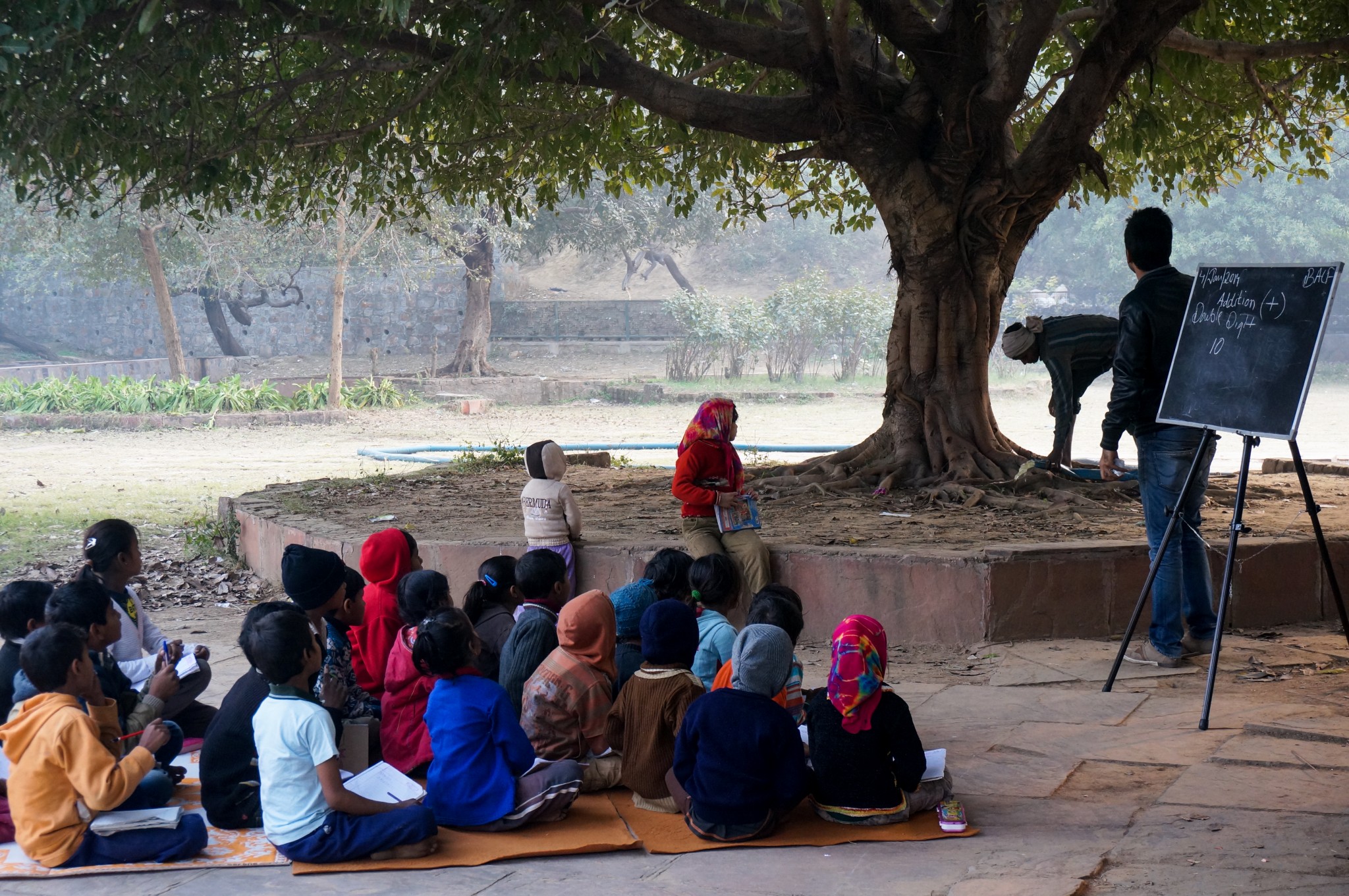Digital education is not only for the elite or large cities. India’s most remote villages are now embracing digital learning, as smartphones and internet signals have reached these areas.
Access to technology is not always a guarantee of effective learning.
Many homes share a single device. While internet connectivity is readily available, power failures can occur frequently. When children are juggling daily chores with big dreams, structured learning is often neglected.
Community Learning Centres are a game changer.
These shared-learning hubs empower entire communities through digital access. They foster skills and increase productivity for all learners.
In this blog, we will examine how community learning centres can transform rural education and what is required to establish one that truly makes a difference.
What is a Community Learning Centre (CLC)?
The community learning centres provide shared infrastructure, including computers with internet capability, digital boards and learning materials. The villagers can access online education in a structured environment.
These centres, which are usually located in schools, Panchayat Bhavans, or other donated locations, bridge the digital divide by:
- Enhance learning with digital tools
- Mentorship
- Creating an environment of collaboration for group learning
- Promoting a culture that promotes curiosity and lifelong education
Why are village learning centres needed?
Online education is flexible, and it offers many resources. Rural areas, however, present several obstacles to its potential.
- Poor Internet connectivity in many homes
- Lack of digital devices (laptops/tablets/smartphones)
- Parents, students, and teachers have limited digital literacy
- There is no dedicated home study area
Community learning centres play a vital role in inclusive education by addressing these issues collectively.
Benefits of Community Learning Centres for Rural India
Community learning centres can be a powerful way to empower villages and support online education.
Access Devices and Internet
- Thanks to the shared infrastructure, students do not need to buy a smartphone or laptop.
- High-speed internet allows you to enjoy video classes and educational platforms.
Structured learning Environment
- CLCs are a great alternative to the noisy and distracting environment of a home. They provide a calm, focused area that is very similar to a classroom.
- You can follow timetables to ensure that the learning process is consistent.
On-site mentors or facilitators
- Trained volunteers or teachers can assist students in their digital skills and answer any questions.
- This is especially helpful for students who come from a first-generation family and do not have the support of their parents.
Group learning and peer study
- Promotes collaboration, discussion and motivation among learners.
- It is a great way to develop communication and social skills that are often neglected in rural education.
Adult and Youth Skills Development
- In addition to academic subjects, CLCs also offer workshops in digital literacy, career counselling, and vocational skills.
- The skills you acquire can help improve your productivity and job opportunities.
Community engagement and parents’ involvement
- Parents are more likely to encourage their kids at home when they see the benefits of education.
- When the centre is owned by the local community, it creates a shared responsibility to nurture the local talent.
How to Set up a Community Learning Centre in a Village
A CLC can be created without a large amount of money. It takes planning, partnerships, and community will to create a CLC that works.
Locate a suitable area
- Community Learning Centres can be established in a school, a village or a house.
- Make certain the area is well ventilated, clean, and has enough seating.
Arrange Basic Infrastructure
- You can start by buying refurbished laptops, tablets, and desktops.
- Internet – Make sure that you have a good Wi-Fi dongle or connection.
- Power: If you live in an area where power outages are common, a backup option such as solar panels and inverters is essential.
Collaboration between EdTech platforms and NGOs
- Partner with educational NGOs that offer free online or digital courses
- Khan Academy and AAS Vidyalaya are examples.
- Some CSR departments fund community learning initiatives.
Nominate local coordinators or facilitators.
- A dedicated person from the village can manage the centre. They will schedule sessions and guide learners.
- It will improve the efficiency of operations and build trust.
Promotion within the Community
- Hold village meetings to introduce the concept.
- Spreading the word is easy by engaging teachers, parents, youth leaders and local officials.
Monitor, Improve, Extend
- Collect feedback regularly from users.
- Create new programs to meet demand, such as digital marketing and spoken English.
- Replicate the model in nearby villages.
How to improve the effectiveness of community learning centres
- Use local languages and culturally relevant examples to keep your content local.
- Incorporate life skills into your curriculum. Time management, communication, and financial literacy all play a vital role.
- Reward regular learners for their consistency.
- By mixing age groups, you can encourage mentoring between students.
- Keep a record of your progress. Keep track of your progress.
The role of local teachers in strengthening community learning centres
Local educators are essential to the success and sustainability of Community Learning Centers. These teachers act as facilitators by guiding students in digital content, explaining complex concepts.
By engaging the villages in the process, they can bridge the gap between traditional and online education.
How digital literacy can improve entire villages
Digital Literacy is essential for online learning. Community Learning Centers can host workshops on basic computer use, internet safety, and how to navigate educational platform.
Digital literacy is a key factor in enhancing the education outcomes of villager, particularly women and youth. It also enhances social and economic development.
Conclusion: Building an Intelligent Village Together
Education is not the sole domain of urban elites. The Community Learning Centers provide a sustainable solution to online education for India’s rural areas. They also offer academic support and help with digital empowerment, skill development and future readiness.
Each village that establishes community learning centres invests in their own people. With every child or adult who learns through it, they will be one step further to ending ignorance and poverty.

